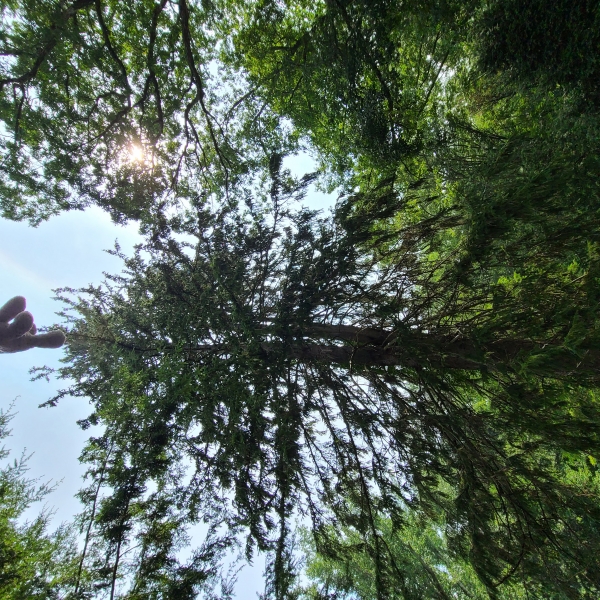The Magician's Nephew: Creation stories and the interests of middle age

The story-told Creation myths emerge from discernment and artistry and wonder, but also dismay. Everything can be so beautiful and so terrible, and so the stories dig deep beyond what we can actually know as creatures to begin a conversation about who we are and why we are here. The contemporary abilities of science to look and to theorize further out through the galaxies and further in through the quarks is asking similar questions and telling their wonder and discernment in new ways.
We repeat the Biblical creation stories with young people because they are hearty stories, one with its counting and the sing-songy refrain; the other with its rivers and garden and talking snakes. However, the question the stories explore, of who are we and why are we here is an inquiry of maturity, and some would suggest that Magician’s Nephew is especially digging into the quandaries of middle-aged life.

The Compleat Anglican: Spiritual Style in the Chronicles of Narnia by Doris Myers (From Anglican Theological Review)
- Where do the delights and interests and sins of maturity appear for you in TMN?
- Did the adult characters stir particular emotions (and/or reflections on your life)?
A world that was sung into being and intellect that is made with a tender kiss is powerful storytelling. One of my favorite (and now out of print) midrash collections is called When Beginning Began Stories, and it has a chapter where God and the angels are existing before light was made and God is tickled by the new thought he is afraid to utter (light), until he does. The Narnian creation experience in TMN could be seen as a bit of the same tradition of midrash (the stories between the ink of Scripture). What did you notice about the impact of that chapter - this blog might offer some insight. https://apilgriminnarnia.com/2012/08/25/belief/
The way in which that Narnian creation is described may connect for you with this paragraph by Old Testament scholar Walter Bruggeman in his book Unsettling God: Heart of the Hebrew Bible.
With the current accent upon the environment and a sense of the ecological crisis, it is urgent that creation as God’s partner should be a topic of study. We have tended, in the modern world, to reduce “creation” to “nature,” and regarded it as a given on its own terms; the recovery of the language of “creation” will serve to refer the world back to the creator who has ordained into the world limits, and order, and fruitfulness. It will make a difference if and when we are able to recognize that all creatures—beavers, radishes, ore, birds and lilies, oceans—are creatures of the creator who relate to God in terms of obedience and praise. Recently, I saw a beautiful sight in our town when the sun shone brightly on every ice-covered tree and bush. Without being romantic about it, it was not difficult to imagine that the trees and bushes in their beauty were enacting praise to their creator. Nor is it difficult to imagine that creaturely life that has been distorted (by combat, by neglect, by abuse) is alienated from the creator and yearns for a restored relationship. Such a view is an important challenge to our usual reductionism that sees the world as a collage of commodities for our use, enjoyment, and exploitation.
- Has your sense of responsibility for creation changed over time?
- If you learned that some animals could talk, what might it change for you?
The passage from this world to the other worlds in TMN is connected to choice. It plays with consequence and unknowing and boundaries. It is also rather a heavenly like zone. (Reminding me of the Kings Cross scene in the final HP movie.) So have you been wondering about this wood? Then give a watch to this interesting exploration of the Wood Between the Worlds.
And one more bit of extra reading, especially for those who know the Lord of the Rings well, for your pleasure:
http://www.themiddlepage.net/2013/09/the-creation-stories-of-narnia-and.html